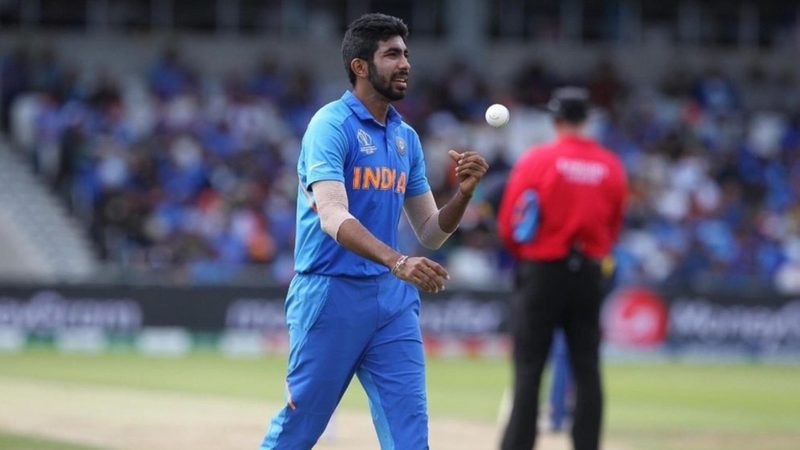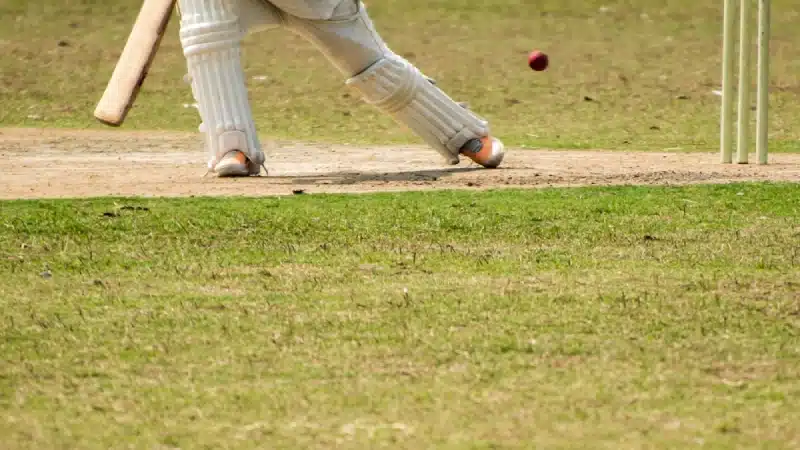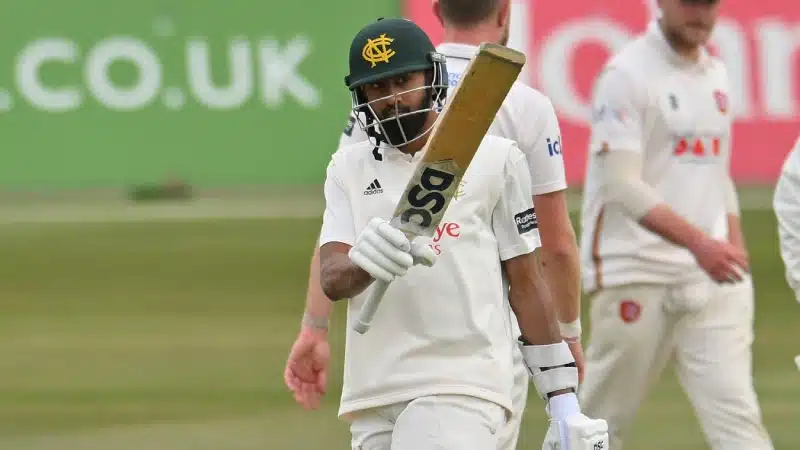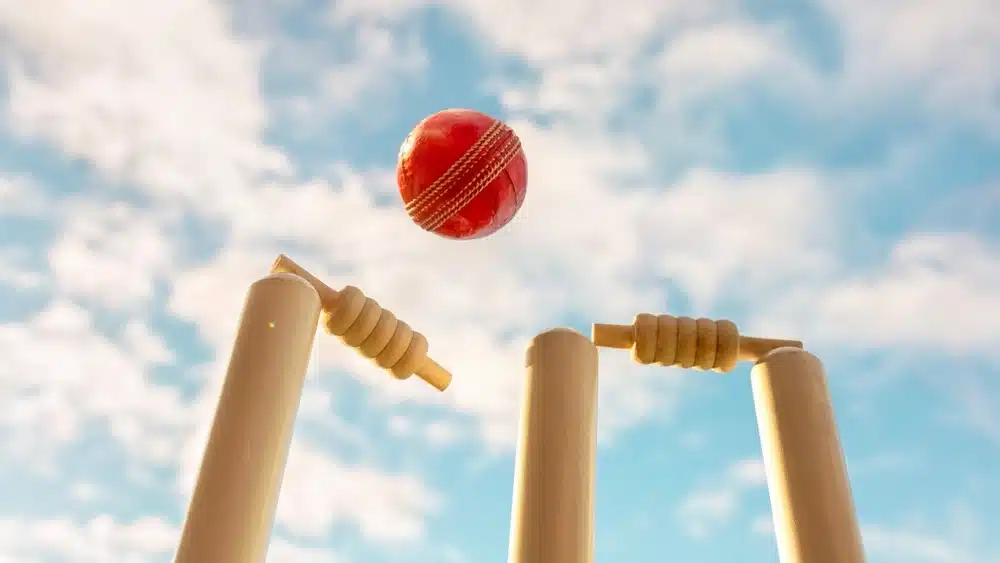
Niggles and injuries are unfortunately part of all sports, hence, cricket is not an exception.
Almost every cricketer has suffered a niggle during their professional career. Managing a niggle or an injury is part and parcel of a cricketer’s life.
During the course of a career, a cricketer learns how to manage their body and also avoid aggravating a niggle into an injury.
The physical demand of cricket often requires a player to run for several kilometers in a match. While batting, a player needs to do constant running between the wickets.
The batters need to sprint between 22 years to complete a run for the team. As these batters rely on speed, agility and decision-making, this puts a significant strain on a cricketer’s lower body muscles, particularly the hamstrings.
On the other hand, fast bowlers experience massive stress during a cricket match. The pacers’ repetitive action of producing balls at high speeds often lead to a niggle or an injury, especially if a bowler’s body is not well-maintained.
Fast bowlers need strong leg muscles for their approach and delivery stride, as well as a strong core for stability. They also require well built shoulders and arm muscles for producing pace and swing.
Just like batting and bowling, fielding is an important component of cricket. All 22 players in a cricket match need to cover huge areas of the field, as they sprint to chase the ball and also dive to save boundaries when required.
The continuous changes in direction, quick accelerations, and decelerations require extraordinary agility and reflexes.
With such gruelling physical demands of cricket, players often suffer a niggle in a match or while practising.
Furthermore, the expansion of the game into multiple formats along with the advent of numerous T20 leagues and continuously burgeoning as well as increasingly packed cricketing calendar has made workload management a cornerstone of a modern player’s career.
While the no pain, no gain narrative continues to do the rounds even in the modern era, it’s safe to say that it holds more truth in theory than in practicality.
With that in mind, let’s have a look at what niggle meaning in cricket stands for.
Niggle meaning in cricket: Explained
Niggle meaning in cricket refers to a player experiencing discomfort, pain or in a state of being unable to execute a certain skill or activity which may affect their performance.
The extent of discomfort to a cricketer varies from player to player and also body part to part. Generally, a niggle in parts like the knee and back take more time to recover.
Also known as a minor injury, playing with a niggle increases the risk of getting seriously injured.
While a niggle may not stop a cricketer from playing, it surely won’t allow the player to perform at his optimum potential.
Usually, niggles heal after a few days of rest. It’s also worth noting that niggles are less serious than injuries and players with niggles can push through the pain barrier and perform for their teams unlike injured individuals.
Photo credit: Alamy




















